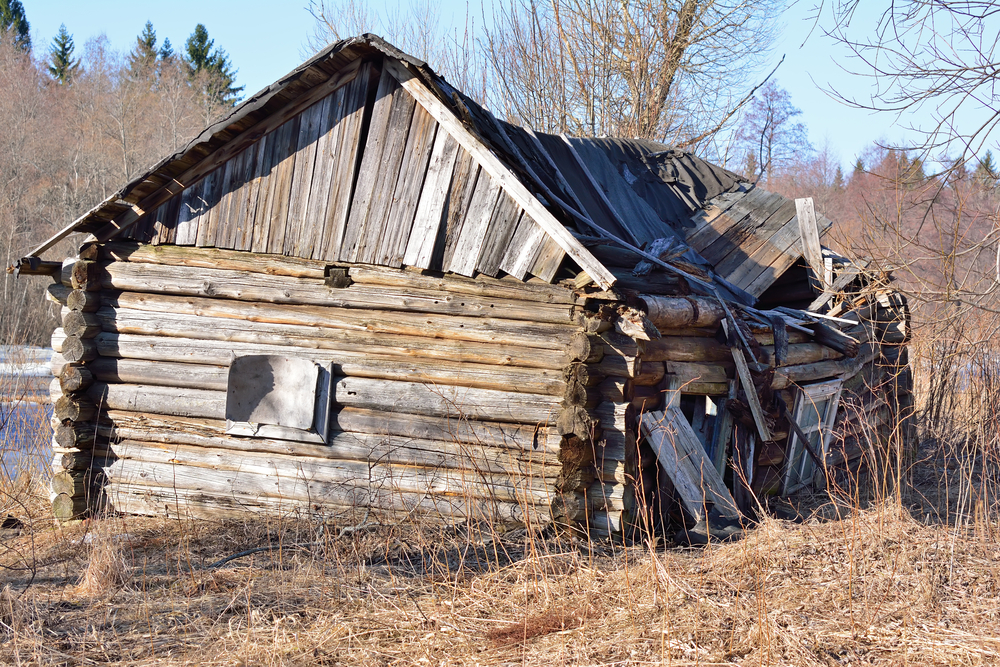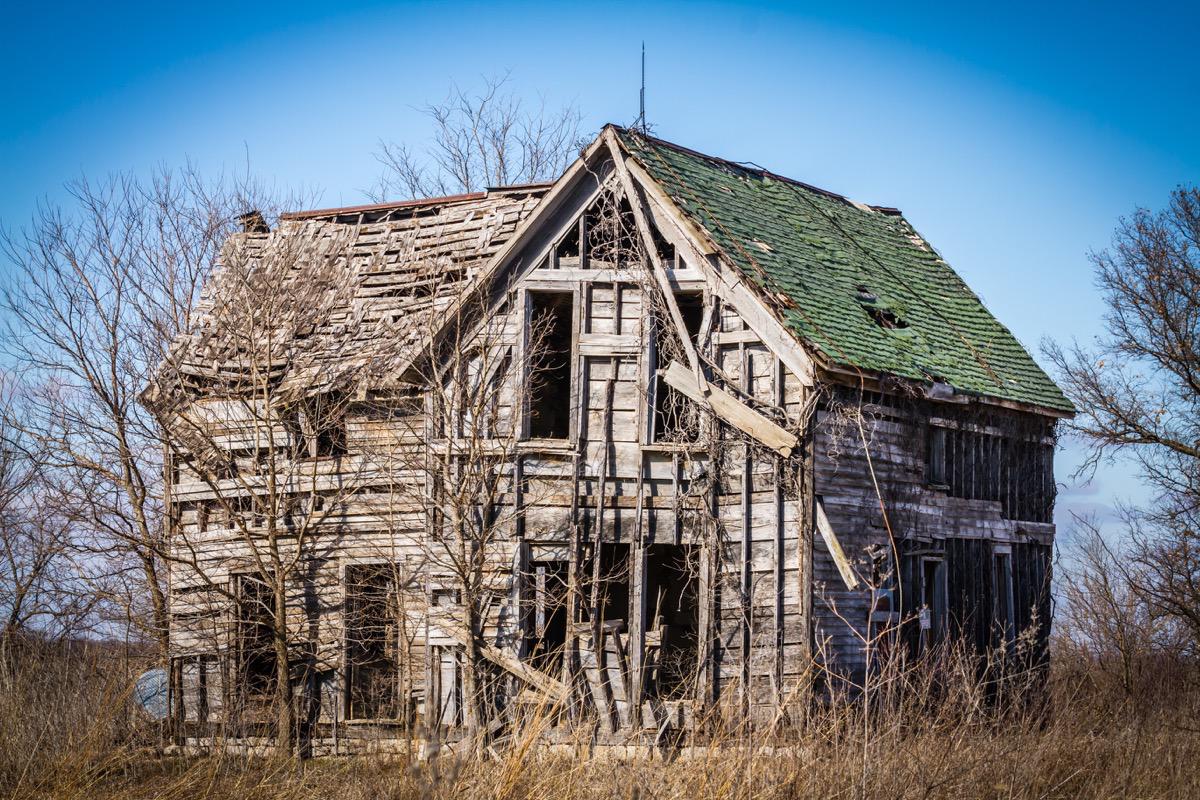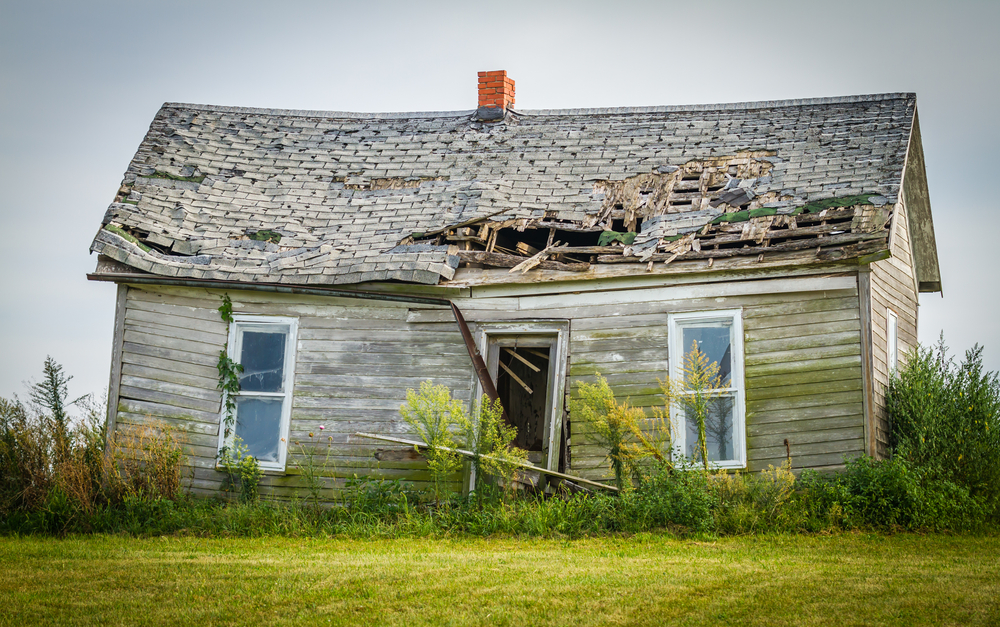Uninhabitable Conditions in California

Uninhabitable Conditions in California and The Implied Warranty of Habitability in A California Tenancy
Please note, our law firm does not handle these cases. This article is simply to provide information to people about uninhabitable conditions. Unfortunately, we have no referrals for you. To find an attorney that handles such cases however, we suggest you look on Google in your area for a “landlord tenant” lawyer. We wish you success in resolving your situation.
In certain circumstances, California Civil Code Section 1942 allows a tenant or lessee to move out of a rented property without prior notice when the property is uninhabitable. A rented property must be fit for humans to live in. When it is so unhealthy as to be a danger to the renter, the renter has the right to leave the premises even when there is a lease. However, there are steps to take before doing so in order to support your claim that the property is uninhabitable.
The implied warranty of habitability in California requires landlords to maintain their rental property in a condition that is fit for the occupation of human beings. The property being rented must substantially comply with building and housing code standards that materially affect a tenant’s health and safety.
When a property is uninhabitable, a tenant is entitled to move out without any notice under California Civil Code Section 1942. In such a situation, a tenant has other actions they can take rather than moving out, however, this article simply addresses this specific recourse that a tenant has when the situation is so dire as to cause a health risk to the tenant and his or her family in California.
Situations that may be held to affect a tenant’s health can include lead paint, mold, unsanitary conditions, improper ventilation, a gas or sewage leak, pest infestations and bacteria causing illness such as Legionnaire’s Disease.
In order too prove that the property you’re renting is contributing or causing your illness and is a danger to your health, you should take these steps. First, obtain a statement from the doctor treating your illness to prepare a statement confirming your negative health results; Second, you should call the County Health Department and/or Building Inspector to document the unhealthy condition of the rental property. If you cannot get the County Health Department or a Building Inspector to document the unhealthy condition, have environmental testing conducted to confirm the unhealthy condition.
The third step to take in order to prove the unhealthy conditions, is to obtain statements from other tenants, utility repair persons, and any other witnesses to the conditions which have caused you ill health and which may have either caused illness to others or which the witnesses can state unequivocally are dangerous to human beings. Have any witnesses write out a short or long statement of what they’ve experienced or witnessed, with their full name, address, telephone, permanent address, e-mail, and drivers license number in case you later need to contact them again.
Evidence that the owner, landlord or property manager has been lax in maintaining the property, has ignored previous health or utility citations can also be useful in proving that the rental property is dangerous and unfit for human beings.
In order to use the right to abandon the rental property under California Civil Code Section 1942, you should also take these additional steps. The fourth step to take in order to prove the basis that entitles you to immediately move out of an uninhabitable property is, to the extent that you can do so without further endangering your health, take photos of every room of the property and all around the outside to show that you are not the cause of the dangerous conditions.
If there is a specific area of danger to you, such as stagnant water or filthy air ducts that are causing you respiratory problems or illness such as pneumonia or Legionnaires’ Disease, spend additional time photographing the condition.
Before taking the photographs however, make sure your place is clean and neat. Remember, at some point you may need to produce these photographs to a judge in order to show that you as a good tenant, were not the cause of the uninhabitable condition. Clothes piled up on the floor in the corner and dishes piled up in the sink will not make a good impression on anyone who may later be called to determine if you had justification for moving out without notice to the landlord or property manager.
Having a witness with you as you photograph the entire premises, inside and out, is a good idea. Use a ruler or yardstick in your photos to show the size and severity of holes, infestations, leaks, etc. If bugs or other insects are one of the problems, collect some in a sealed jar or freezer bag. Likewise, collect a sample of dirty or stagnant water, or lead-based paint or any other matter which constituted a danger to your health in a sealed jar or freezer bag.
Fifth, have every inspection, health or building inspection, environmental test you can obtain or afford (even one from an air conditioning and heating repair company, if appropriate) before taking the next step.
Sixth, call your landlord or property manager, tell them all of the dangerous conditions of the property and ask them to fix them right away, without advising them that you’re leaving.
Seventh, follow that up with a certified letter confirming your conversation and again listing the dangerous and unhealthy conditions.
Eighth, once it is clear the landlord either won’t fix the unhealthy and uninhabitable conditions, send the landlord or property manager a second certified return receipt letter (or have a lawyer send it) advising them that you are leaving under California Civil Code Section 1942 due to the conditions which you should again list , which make the property uninhabitable and a serious risk to your health and any others with whom you live at the property.
Ninth, include in your letter, a request for a final walkthrough in order to obtain your security deposit and any cleaning deposit refunds.
Ninth, move out, with the understanding that even if you have taken all of the above steps and documented the most unhealthy and uninhabitable conditions, your landlord or property manager may still sue you for breaking your lease or not giving 30 days notice on a month to month tenancy. If your landlord sues you for lost rent, you may very well need to hire an attorney to defend you in such an action.

However, if you have taken the above steps and documented an unhealthy condition that is dangerous to the health and unfit for the occupancy of human beings, you have a good chance of prevailing in your defense against such a lawsuit, and obtaining your deposits which it is likely the landlord will have refused to return to you upon your moving out.
Many landlords will, of course, refuse to do the final walk through or recognize that you have legally terminated your tenancy. However, under the law which provides that when a property is uninhabitable, unhealthy and unfit for the occupancy of human beings, your obligation to pay rent ends the day you move out.
Tenth, when moving out, turn in your keys on the day you move and try to obtain a written receipt for them. If necessary, mail them by certified mail or leave them on the counter in the kitchen (photograph this) and lock the doors upon your way out.
There are alternatives to moving out without providing the landlord time to fix the conditions which make the property unhealthy, uninhabitable and unfit for human beings, but where a landlord has in the past failed to make repairs, maintain the property or respond to your health concerns and staying at the property is a significant risk to your health and the health of your loved ones, this avenue of redress, risky as it is, may be your best or at least the healthiest option, if you are unwilling to risk your health or those of your loved ones another day.
If you are in doubt if the conditions of your property are significant enough for a judge to find that they make the property at which you are living uninhabitable, call us. We may also have additional advice about documenting the unhealthy conditions and can add weight to the letter you send your landlord demanding a final walk through and your security and cleaning deposits.
If your health or that of your loved ones has also been damaged by the negligence of the property owner or manager and you’ve contracted a serious disease such as Legionnaires’ Disease from the bacteria found at the property, we may even desire to handle a claim against the insurance company for the property owner or manager for the damages you’ve suffered as a result of their negligence and may be willing to do so on a contingency fee basis.
Palm Springs Real Estate and Homeowner Association Attorney Sebastian Gibson
Sebastian Gibson has been named as a 2020 Top Lawyer for the last 10 years running by Palm Springs Life Magazine, and has been given a perfect 10.0 Superb rating by Avvo. With dual law degrees in California and in Great Britain, and experience in both the U.S. and U.K., Attorney Sebastian Gibson has been called “Brilliant” and “A Legend.”
With offices in the Palm Springs and Coachella Valley area in Palm Desert and in Orange County, California, in Newport Beach the law firm provides legal services in the fields of personal injury, motor vehicle, pedestrian and bicycle accident cases, dog bites and wrongful deaths.
We also practice insurance law, business, corporate, contract, entertainment, trademarks, international, music book publishing, modeling, real estate and HOA law.

Again, please note, our law firm does not handle these cases. This article is simply to provide information to people about uninhabitable conditions.




